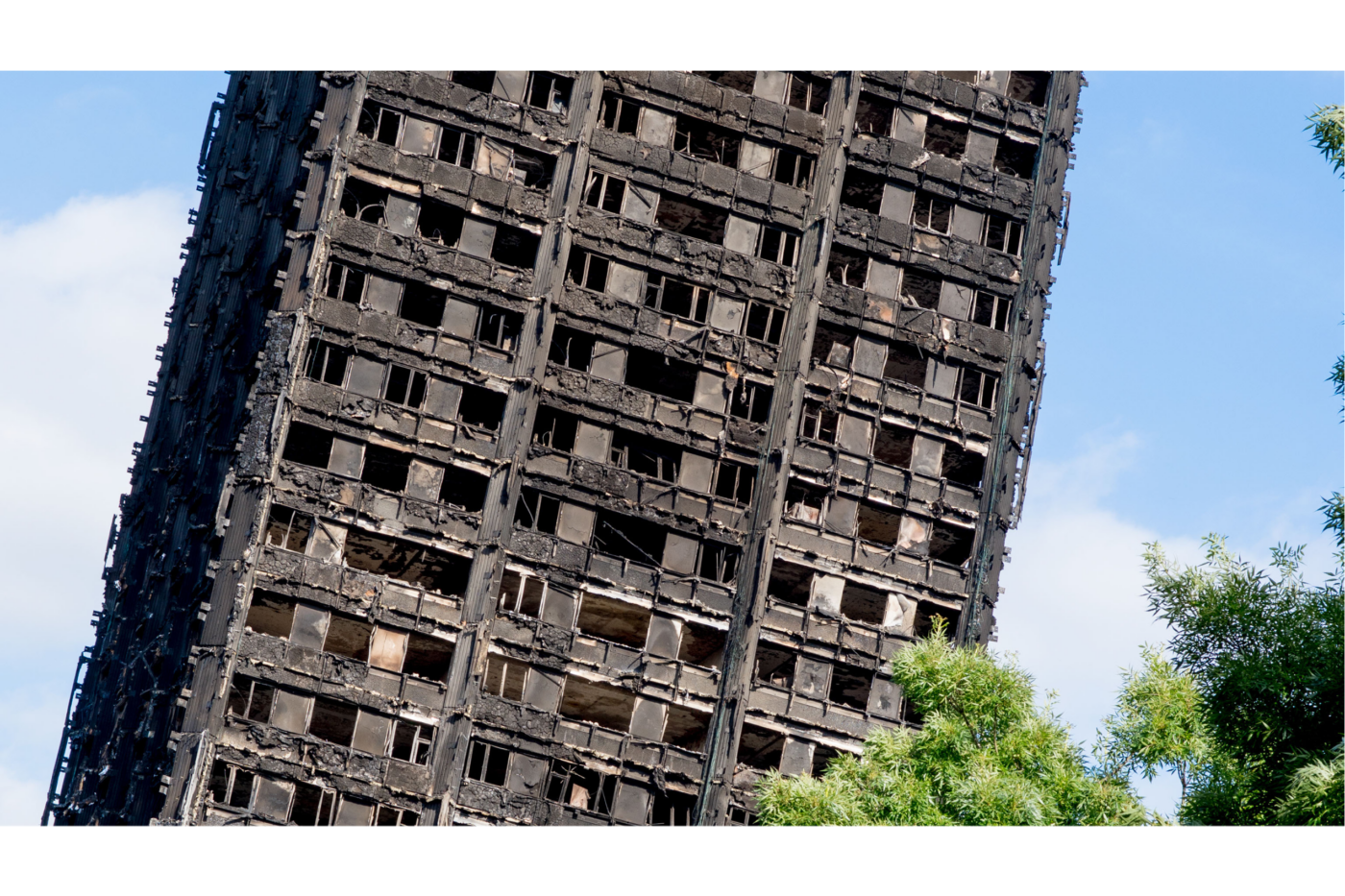September 21st, 2022. Andrew Hosford
How Are New Fire Safety Measures in High-Rise Buildings Changing Development?

As of June 2022, changes to fire and safety regulations have been made in accordance with Phase One of the Grenfell Tower Inquiry, aimed at planning fire safety strategy.
Any new residential building over 11m high will have to include information for fire and rescue services on the building and what to do in the event of a fire, called a Secure Information Box.
Should the residential development be over 18m, the building will also require an Evacuation Alert System, to notify the residents of any change in the usual evacuation plan if there were to be an incident. This acts as an additional tool for fire and rescue services, alongside their usual methods on the ground.
In addition to these changes, the government has also announced far tougher restrictions on external wall materials on new, medium-rise residential developments.
Previous rules specified the ban of combustible materials on buildings, both in and on the external walls, of any new apartment blocks that are over 18m in England – this also included boarding schools, dormitories, student accommodation and hospitals.
The further regulations have now been extended to hostels, hotels and boarding houses of the same height.
More specifically, Metal Composite Materials panels that contain any unmodified polythene core, also known as MCM PE, is now banned from any building of this height. This is a result of the Grenfell Tower Inquiry finding significant fire safety risks linked to the use of this material.
Further statutory guidance will be provided to limit the combustibility of materials used on and in the external walls of blocks of flats that are 11m-18m in height.
Any ‘lower risk’ development that ranges from 11m to 18m will still need to obtain the necessary safety standard, whilst also providing developers (as well as designers) flexible options to opt for more environmental materials.
Some of the other updates being put forward to the regulations involve:
- Including solar shade devices within regulations
- Making certain insulation and fibre optic materials exempt
- The exemption of cavity trays
- Updating requirements to British Standard classification
- Material usage requirements
The government states that their ongoing regulatory changes are to give homebuilders a clear framework for the design and construction of safer buildings.
In addition to this, the government has issued ‘Approved Document B’, which provides a technical guidance review on fire safety for building regulations and supporting evidence.
Our Director, Andrew Hosford, when asked about what this means for the future of development had the following to say:
“The new guidance has taken a long time to come into practice. However, it was important to get it right. The thought of another tragedy like Grenfell is tough to stomach and I am glad that strong safety measures are being put in place to hopefully avoid a repeat of that horrific night. ”
“The cost to developers will no doubt make deal profitability tighter. But that cost simply cannot be measured against the potential loss of human life. Perhaps the higher cost of materials will put developers off potential schemes, though. One way to make potential development schemes stack up again would be the initial land cost. ”
“My view is that land prices are generally too expensive, not just in cities but in rural areas too. Finding the right site at the right purchase price has always been important. Now though, this importance is higher than ever. ”
Andrew Hosford
Director
Article By Andrew Hosford
September 21st, 2022
Andrew is a Director within Pure Structured Finance and a founding member of the company.
He previously spent a decade with a real estate advisory firm before launching Pure Structured Finance. He is highly experienced in arranging senior debt, mezzanine and equity finance for property investors and developers across all asset classes. His key focus is building long term relationships with clients, with a view to working closely with them and facilitating all their property funding needs.
Andrew is an established member of the finance community sitting on multiple boards including FIBA and is a regular panellist for various property awards committees.
Email: andrew@purestructuredfinance.co.uk
Follow Andrew on LinkedIn here
See more articles by Andrew